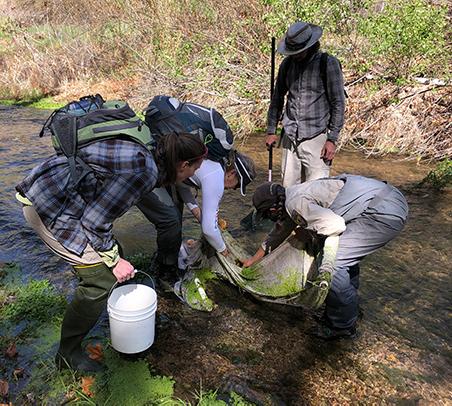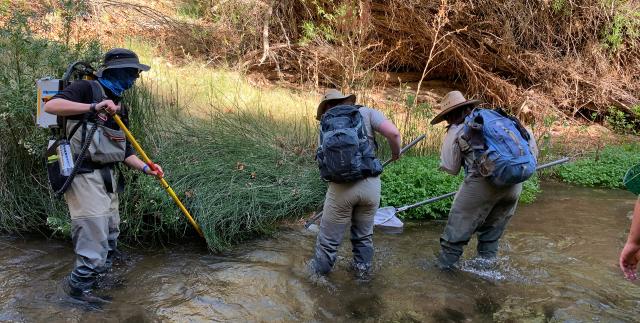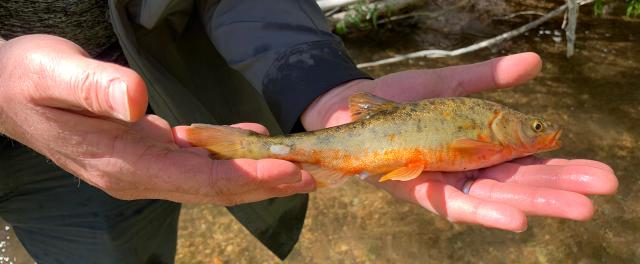Related Content
Related Stories
- BLM’s Agua Fria National Monument is a worthwhile destination on your winter bucket list
- Remembering the cattle drive that defined ranching in southeastern Arizona
- Smokey Bear joins Mr. & Mrs. Claus to continue LTVA annual toy giveaway
- Rural wildland firefighting partners grateful for BLM gift
- BLM Fire Team brings Smokey Bear to Kingman’s Street of Lights
Office
711 S. 14th Avenue
Suite 100
Safford, AZ 85546
United States



